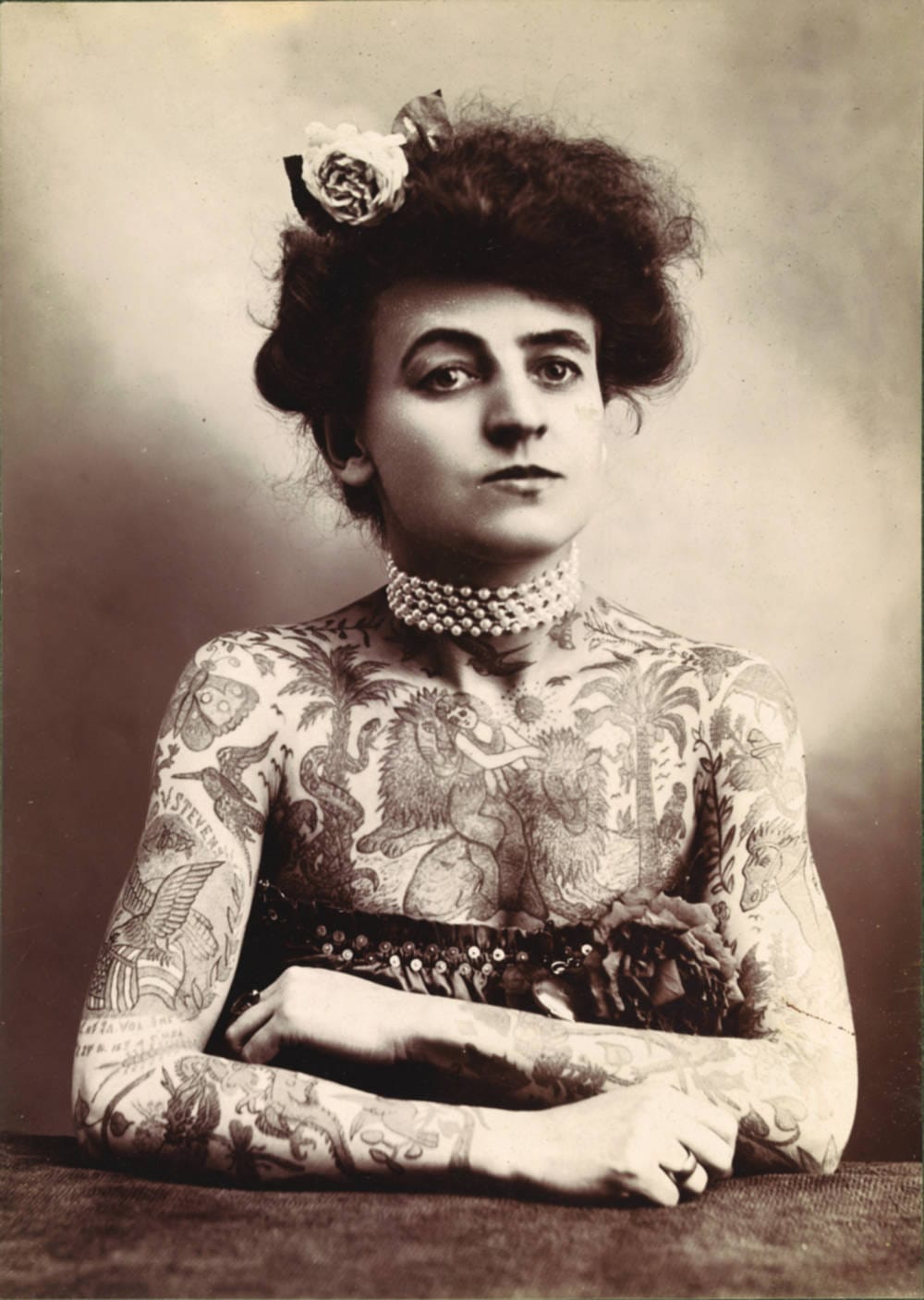The ancient art of being illustrated
Tattoos are nothing new

Skin as a blank canvas is not a new idea; Ötzi the Iceman, frozen sometime between 3239 and 3105 BCE had a tattoo. Inking or marking skin unites cultures and continents across the ages.
Until recently in the West, tattoos have been seen as a mark of belonging to a counterculture. They are so subversive that in 1995 The New York Times art critic Michael Kimmelman likened tattoos to the ‘art of the insane’.
However, now one in three adults in Britain has a tattoo.Even in ubiquity, tattoos remain controversial; a quick poll in the Felix office revealed tattoos to be variously ‘hot’ , akin to ‘gangrene’ to ‘putting people at risk of missing a dermatological condition’. No prizes for guessing the latter was the opinion of a medical student.
Tattoos when inked well and well placed (collarbones are a personal favourite) can be beautiful, but can they be defined as fine art?
Perhaps it depends on the artist; Kate Moss is the proud owner of two swallows inked on the small of her back by Lucien Freud. She has joked that were she to graft the skin and put it up for auction she could earn herself a few million pounds.
Fine art institutions have already started to capitalise on the popularity of tattoos. In May 2014, Musée du Quai Branly, Paris, hosted 'Tatoueurs, Tatoués', or Tattooists, Tattooed, an exhibition which explored the history of body art.
Tattoos occupy the same space as graffiti in the world of art, the establishment doesn’t quite know what to do with it. Tattoos cannot easily be locked up in glass cases or bartered for; not yet at least, though the Wellcome Collection does in fact have a collection of preserved tattooed skins. For most however, inking their skin remains the ultimate expression of bodily autonomy; now as for centuries, a way of marking personal history. The pain of the process becomes a ritual; it’s permanence a statement of artistic intent, that the art changes, sagging, stretching, shifting with changing skin is a bonus.








